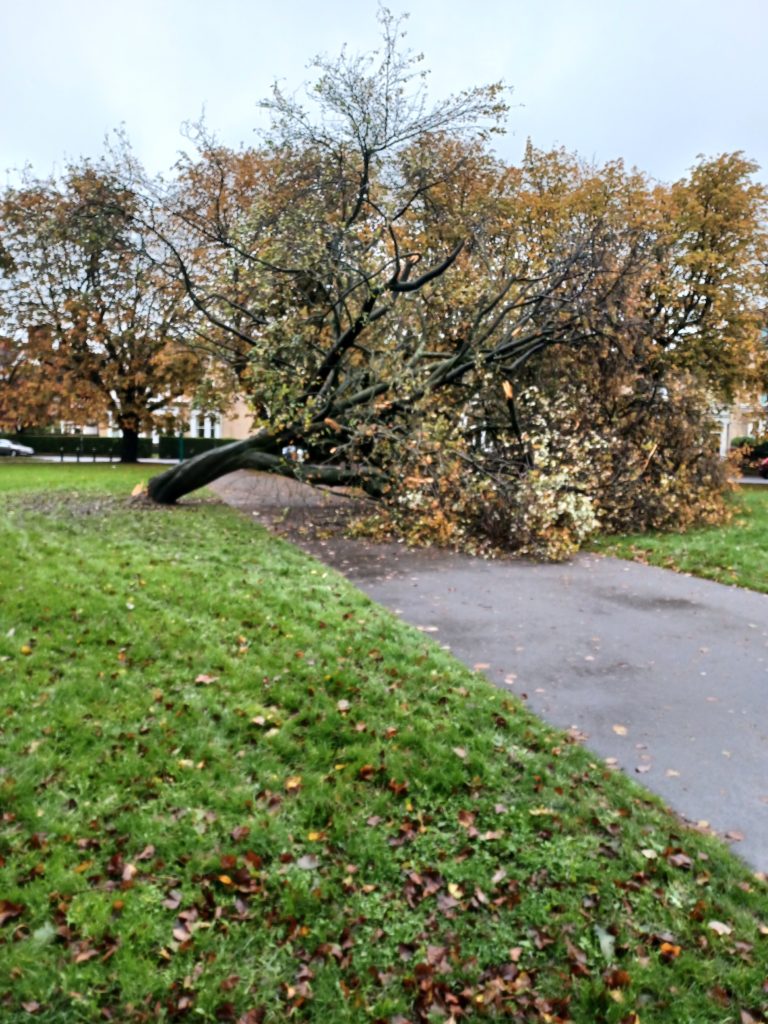
The word ‘green’ has come to be a general term for biodiversity, Nature, wildlife and so on and implies support by people for those things and sadness at their loss. It’s an obvious term and has been around for a long time. Also it’s not an ‘ology’, although it encompasses ‘ologyies’,and is therefore accessible to all. The Green Party is well named, but, as with all political parties, the voter finds themselves in favour of some of their policies, but maybe not all. Personally, I wonder whether the green movement might be best served by being just that, able to give the thumbs-up or thumbs-down to the antics of mainstream political parties and thus influence their support or otherwise. Animal welfare is a part of the green movement in society but if that focus is directed solely at the welfare of the human animal then it is very lacking in perception. The fact that a person may campaign for the benefit of people and yet pay no attention to the degradation of the natural environment or to the fact that whole species are deprived of all natural existence in the name of cheap human food is no virtue.
Pearson Park, Kingston upon Hull suffered a loss recently when one of its trees, a whitebeam, one of only two in the Park, was blown down as a result of storm Babet. For those unfamiliar with the Park the tree was blown over from the east (see above), this unusual as autumnal storms usually cross the Atlantic Ocean and cross this country west to east. The reason for this unusual turn of events seems to down to the unusual twists and turns of the jet stream which brought very hot early autumn weather to western Europe and very wet weather to western Scotland. Storm Babet in turn brought very wet weather to eastern Scotland. It would not be surprising to hear that the whole of central Scotland is a lake.
Whitebeam is a relatively small round-topped tree, particularly eye-catching when coming into leaf in spring as the underside of the new leaves are almost white and as they open out appear tulip-shaped. The red fruits provide winter food for birds, so the loss of this tree is reducing the municipal park’s biodiversity.